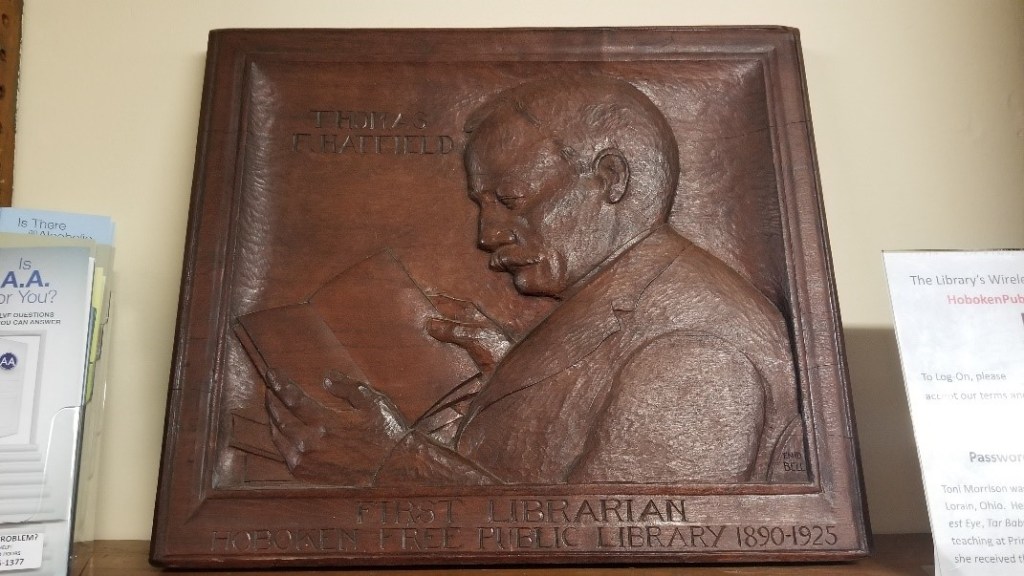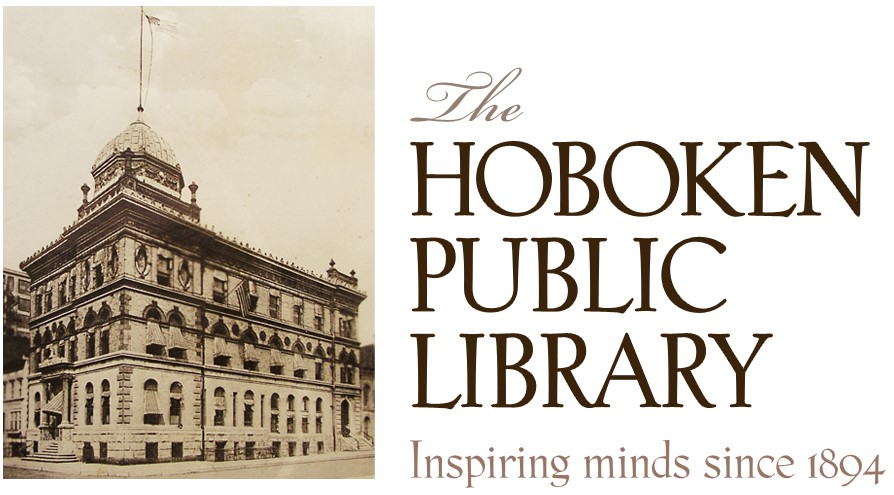
If you’re doing historical research on a subject, you may have stumbled upon a finding aid before. It’s essentially a table of contents for an archival collection, allowing researchers to check quickly to see if a repository has the thing they’re looking for. In the now decade-plus time I’ve spent in the archival field, I’ve written my fair share of finding aids, and I’ve probably used even more written by other people. Let’s break down how to read one and how they work.
Collection Information
On the first page (or second page, if the finding aid has a separate title page) you’ll find some basic collection information. This will include things like the inclusive and bulk dates, the extent of the collection in linear feet, and the physical condition of the collection. The inclusive dates are the entire date range the collection’s materials encompass, and the bulk dates are where the majority of the materials fall between. Linear feet is actually measured in box width on shelves, not in the papers being spread out – a collection that’s 1 linear foot is usually just in one Hollinger box, a specialized acid-free storage box used for archival papers. Condition will generally be listed on a scale between ‘excellent’ and ‘poor,’ with ‘poor’ often being a shorthand for ‘falling apart.’ Be extra gentle when working with collections rated below ‘fair’ condition!
Historical Notes, Scope and Content, and Custodial History
After the basic information, you’ll likely see some historical notes regarding the collection you’re looking at. Biographical notes describe the lives of the important people the collection pertains to. In the most recent finding aid I did for the library, the two most important figures were our first and second head librarians, Thomas Hatfield and his wife Nina Hatfield, so I wrote a brief biographical sketch for each. I then filled in some historical notes on the library itself. Scope and content just describes the extent of the collection – the last finding aid I worked on was contained within 8 Hollinger boxes, which means the scope and content is listed as “eight boxes of materials pertaining to the history of Hoboken Public Library and the City of Hoboken, New Jersey.”
You’ll often see related materials listed here, as well. This is a list of collections and other items that are connected or similar to the collection you’re looking at currently, which can help with research. There may also be access conditions or restrictions, because sometimes collections cannot be accessed by the public for various reasons, including privacy, sensitivity, or fragility of the records. This will also usually tell you who to contact if you’re interested in accessing the collection for research.
Preferred Citations and Subject Headings
Finally, you’ll come to the preferred citations and subject headings. The preferred citation just lists how you’d cite the collection in a research paper, which is incredibly useful if you’re a student or an academic. Unfortunately, we generally don’t explain how to format those citations, but there are plenty of resources elsewhere to help you do that correctly. If you’re a history student or working historian, you may be using Turabian.
The subject headings are a shorthand way to see what subjects are featured within the collection, and they’re often taken from a controlled list. The Library of Congress has one such list. These help when you’re searching a database for specific subjects.
Box Contents
This is probably why you’re here! Now you’ve found the meat of the finding aid – the actual listed contents of the collection, box by box, folder by folder. Here you’ll be able to check to see if anything might be relevant to your research, and if it is, you can request to view it! If the archive isn’t within traveling distance for you, sometimes archivists are willing to scan the items for you to see them if they haven’t already been digitized.
For the finding aid I did most recently, there were eight boxes, and each box had many folders in it, so the actual box contents listing ended up being 18 pages long! Luckily, it’s searchable, so if you’re looking for something specific, it’s not so hard to figure out what box it’s in! That’s the basic gist of how to use a finding aid! If you have further questions, the archivist on hand will always be happy to help you out. A good archivist will want you to be able to access the materials for research, after all!
(Want to see the finding aid I used to write this blog post? See Below!)
I would really love it if you used our collections to do your own research!
Written by:
Steph Diorio
HPL Archivist/Local History Librarian at HPL
